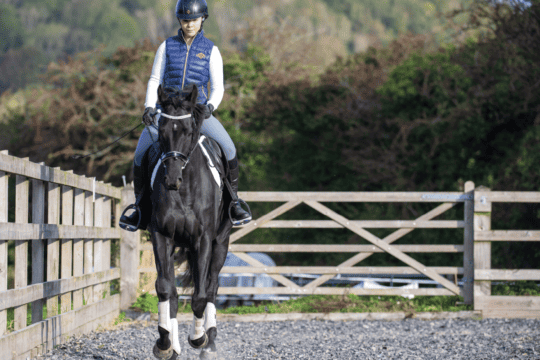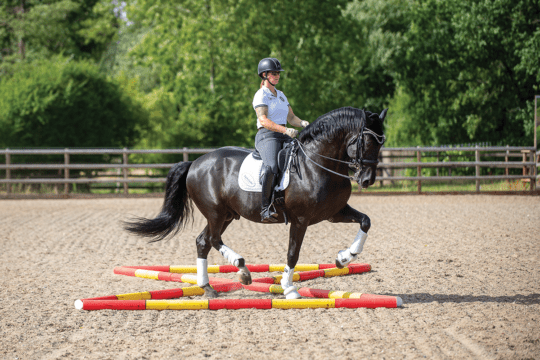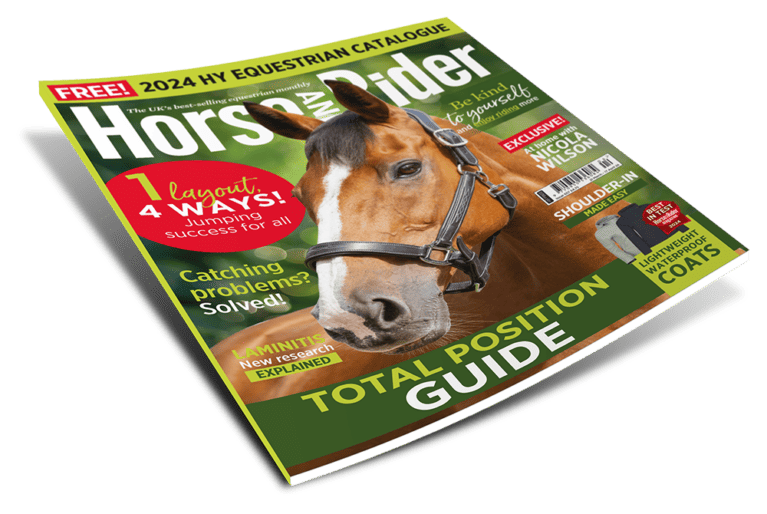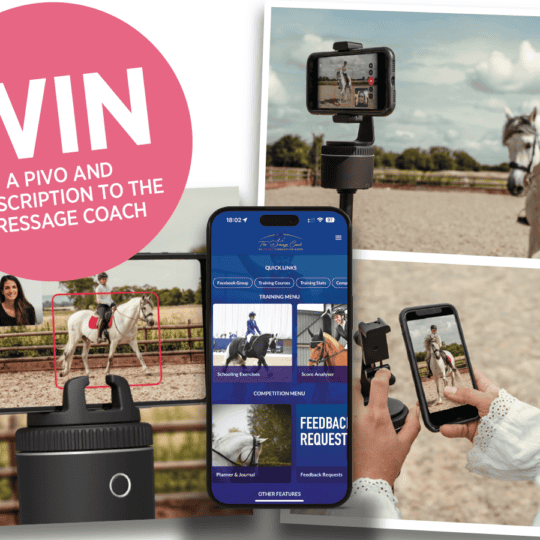Featured Professional

Richard Davison
Richard combines top-level dressage and teaching with a tireless dedication to the promotion and improvement of equestrian sport.
Riding shoulder-fore will help you master medium and extended trot, says Richard Davison
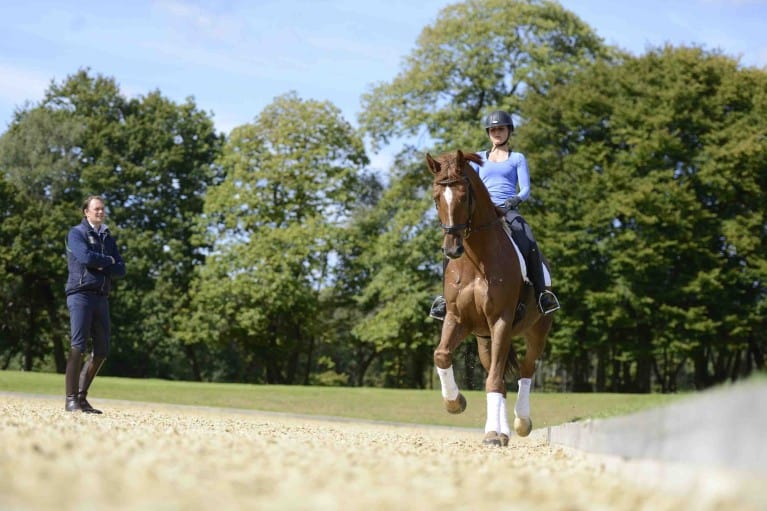
The purpose of shoulder-fore – and shoulder-in – is to encourage the horse to take more weight onto his hindlegs and step more actively underneath his body with the hindleg.
Not only that, but it helps to achieve greater suppleness of the shoulders, helps with straightness and gives the rider more control of the horse’s shoulders, too. So it’s pretty useful!
Shoulder-fore secret
Your shoulders need to be parallel to your horse’s shoulders, so make sure your upper body is in shoulder-in too!
 Aids for shoulder-fore/in
Aids for shoulder-fore/in
Riding shoulder-fore on the right rein, come onto the long side and start as if you were going to ride a 10-metre circle in the corner.
As your horse takes that first step onto the circle, half-halt and ride straight down the long side.
Your outside (left) rein supports the horse’s outside shoulder, the outside (left) leg stops his quarters swinging out, the inside (right) rein keeps the angle and controls the amount of bend, while the inside (right) leg helps with bend and activity.
Ready for shoulder-fore?
Begin shoulder-fore down the long side of the school, first in walk, asking for just a small amount of bend. It is better to have a small amount of bend, but stay in balance than to have too much and lose the balance.
Aim to keep your horse…
-
Regular in his rhythm
If he slows down, then ride a circle or ride him forwards for a few steps, then ask again.
-
In balance
If he tries to rush off, or falls onto the forehand, half-halt or circle, then start again.
When you find that your horse is comfortable in shoulder-fore, ask for more angle (30 degrees for true shoulder-in).
This makes the exercise a little harder, but all the time you are asking the hindleg to engage more, which is great preparation for medium and extended work.
Our trainer
Richard Davison has ridden at three Olympic Games. His current top horse is German-bred Hiscox Artemis.
Our rosette symols highlight expert riding advice of various levels
A yellow rosette indicates advice that’s especially useful for novices, or more experienced riders who fall into bad habits!
A blue rosette denotes information ideal for anyone who wants to improve their skills.
A red rosette highlights techniques for more advanced riders to try, and all of us to aspire to!




